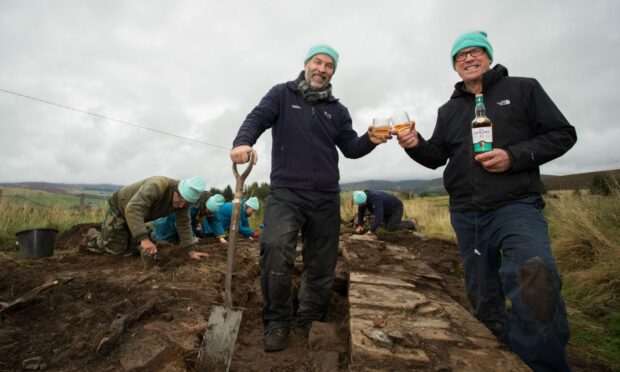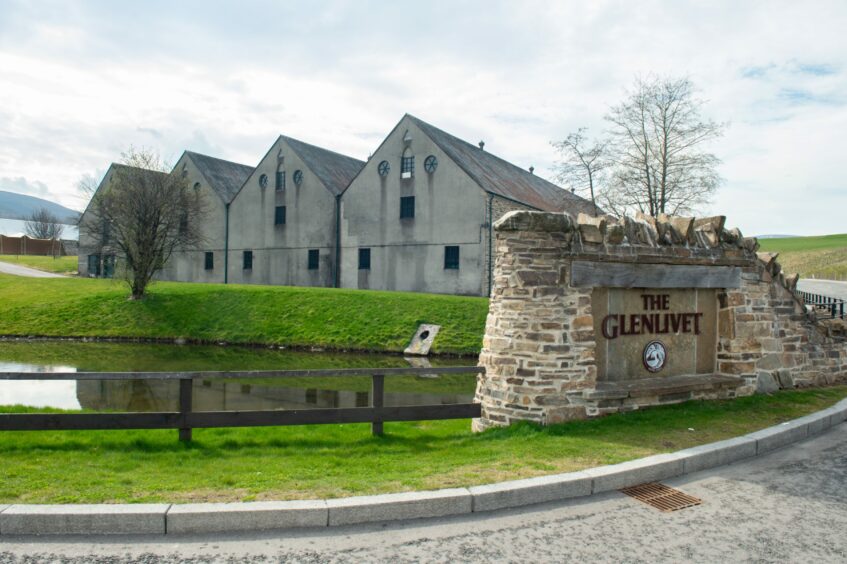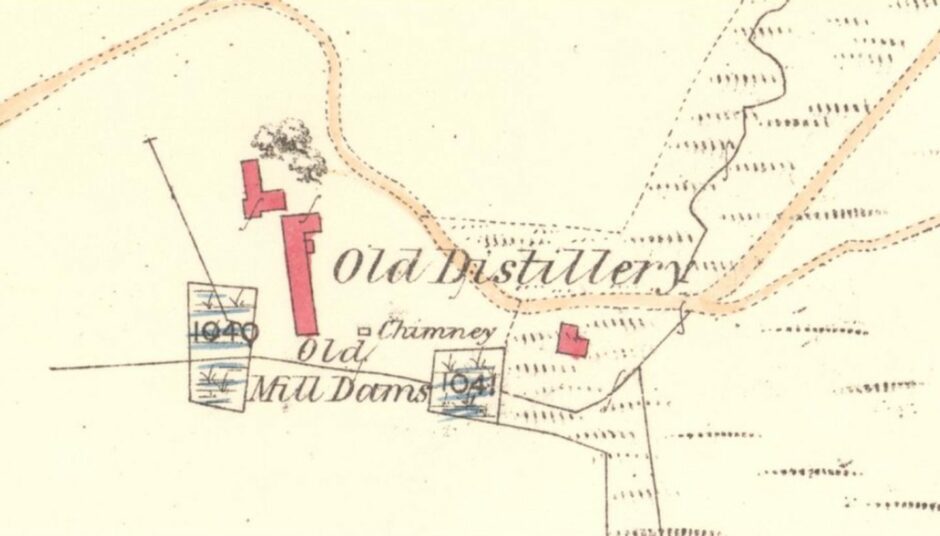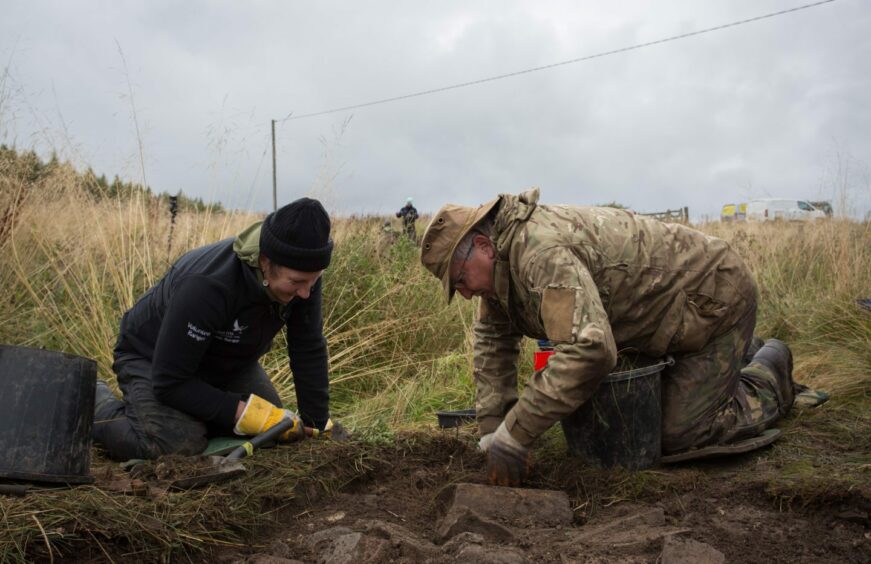Archaeologists have begun excavating land on the site of the original Glenlivet Distillery to uncover the history and scale of whisky production in Scotland.
Experts and volunteers have broke ground on the Moray land, just one mile from the modern The Glenlivet Distillery in Speyside.
Over the next two weeks, the group aim to uncover illicit stills and forgotten bothies that were used to illegally produce and smuggle whisky across the Highlands in the early 1800s.
The charity estimates there are at least 30 illicit stills across its 129 sites, including at Torridon, Kintail, Grey Mare’s Tail and the Mar Lodge Estate.
The Big Dig project, being launched in partnership by the National Trust for Scotland and The Glenlivet, forms part of the charity’s Pioneering Spirit project.
Derek Alexander, head of archaeology at the National Trust for Scotland is leading the dig alongside trust archaeologist Dr Daniel Rhodes.
Experts will remain on site until July 9.
Mr Alexander said: “We can’t wait to see what we uncover next through our exploration into the history of illicit whisky production in Scotland in partnership with The Glenlivet, a distillery steeped in history which saw its founder George Smith become the first illicit producer to secure a license.
“With the help of our team and volunteers, we hope this year’s Big Dig will help us discover more about how people went about the clandestine production of Scotland’s most famous drink and we can’t wait to share our findings.”
Tracing the origins of whisky production in Scotland
The first partnership of its kind, the Pioneering Spirit project between the National Trust for Scotland and The Glenlivet began in 2020.
This year’s dig follows the success of similar events held at the site of the former The Glenlivet Distillery, Torridon and Mar Lodge Estate.
Archaeologists used archive and land research to reveal the scale of production during a time when whisky making was forbidden.
Last year’s week-long dig at the site of the old The Glenlivet Distillery uncovered part of the footprint of the old building alongside a whole range of artefacts and features connected to whisky-making.
During the course of the project, a series of open days are being held to give members of the public an insight into the excavations and learn about the findings first hand.
The site will be open to the public on both Saturday July 2 and Saturday July 9 between 10am and 4pm.
Newly appointed Chivas Brothers archivist, Robert Athol added: “Founder of The Glenlivet George Smith risked life and liberty to turn what was originally a farm into a site to produce his single malt whisky legally.
“His courage and conviction not only defined the path for The Glenlivet, but was also influential on the development of Scotch whisky in general. I’m looking forward to discovering more about The Glenlivet’s past in collaboration with the National Trust for Scotland alongside volunteers at the dig.”




Conversation